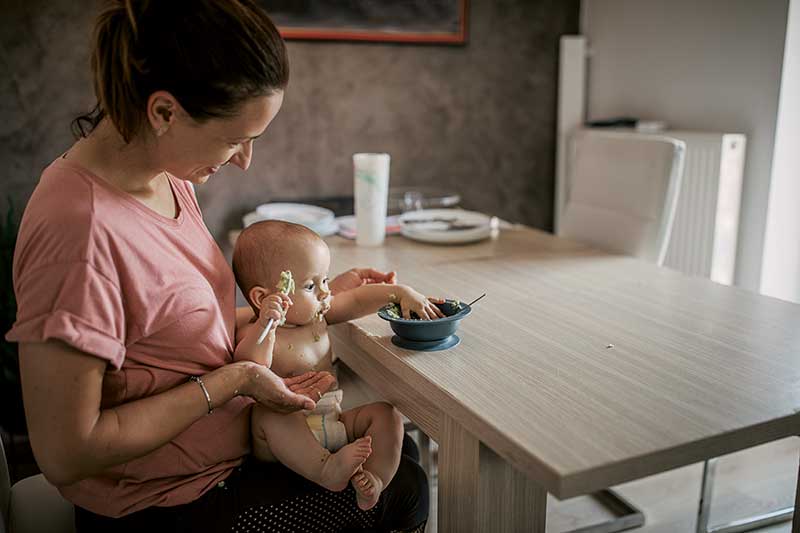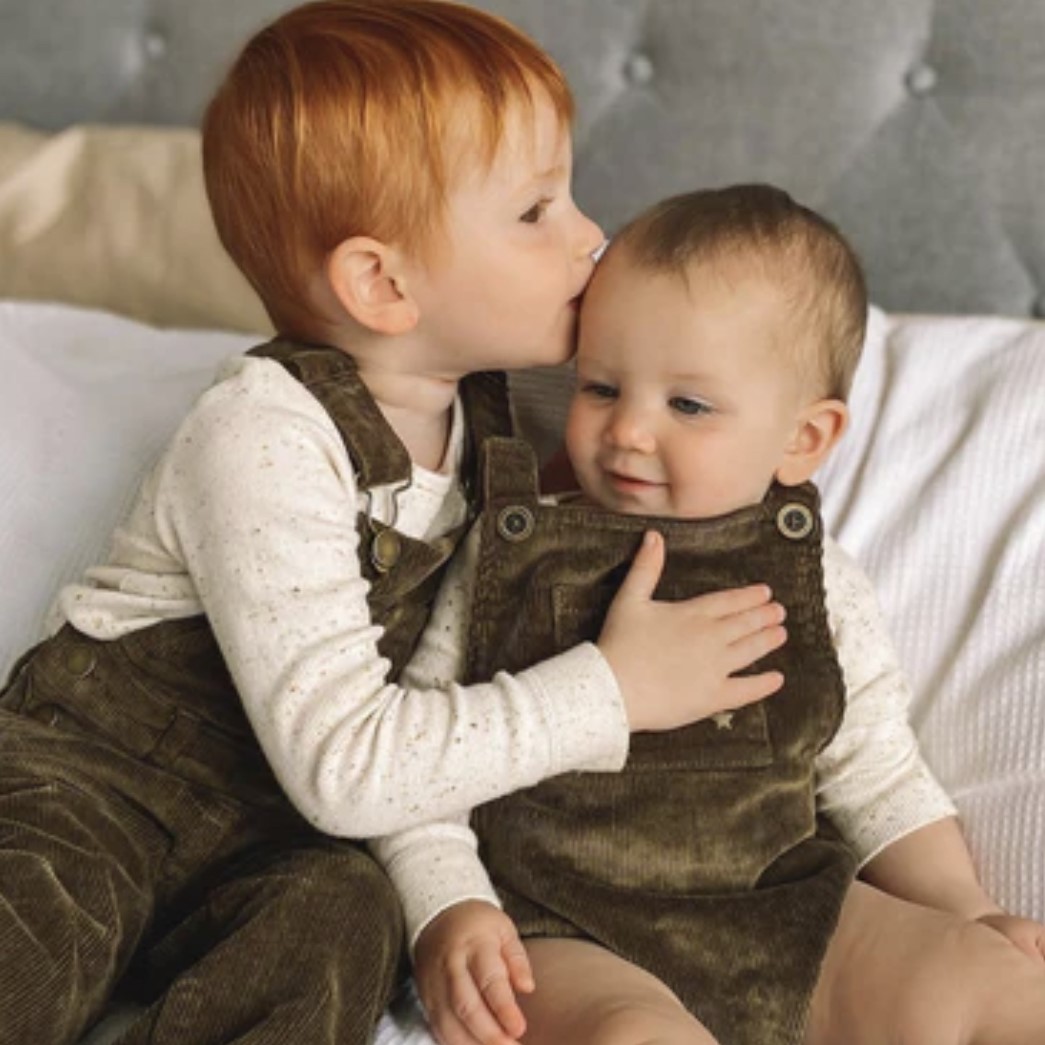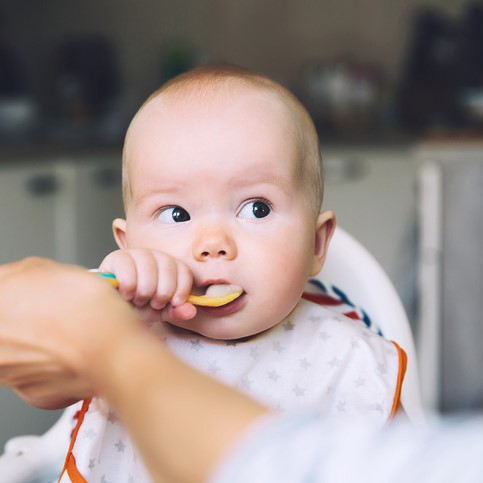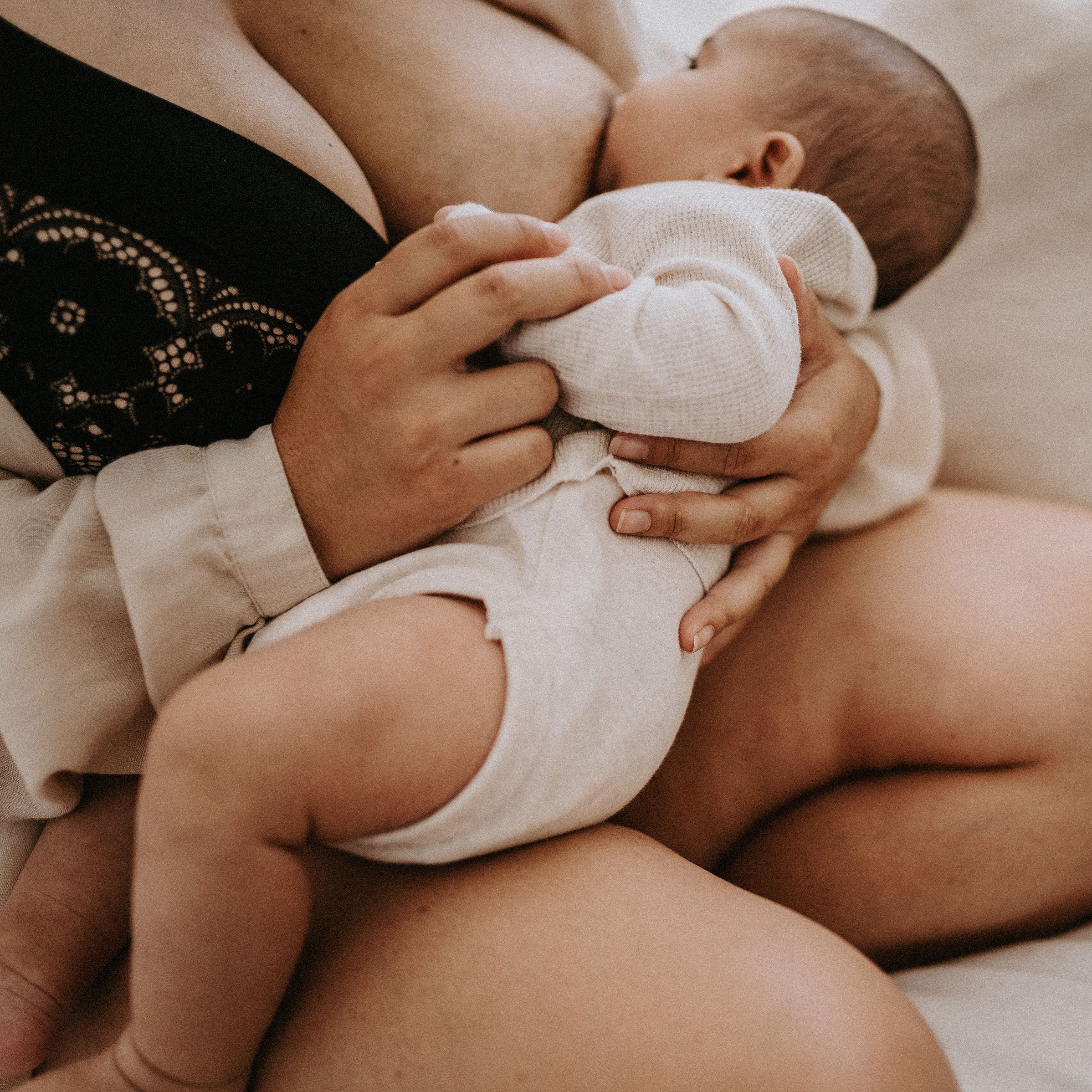Our How-To Guide for Starting Solids

A simple step-by-step how-to for trying solids with your baby for the first time.
Your baby meets all the signs of readiness, you have the food prepped and you’re ready to get them to try some kai (food) for the first time. So, how do you do it? It doesn’t have to be complicated, but here are some helpful tips that can make starting solids an enjoyable experience for you both.
- Manage your expectation of mess. You, your baby, the floor, the chair, the table, the tray and everything else: it’s probably going to get covered in food. That’s part of the fun!
- Remember: eating food isn’t just about nutrition but learning as well. Engage your baby’s senses; let them watch you cook, smell the food, touch it and listen to you talking about what they’re eating as well.
- Choose to give your baby food at a time of day when they are calm, alert, and ready to eat. It’s helpful for your baby if you’re relaxed too. Many parents like to give solids after a nap with plenty of time before the next sleep, rather than first thing in the morning or in the evening when the household can be quite busy.
- If you’re worried about introducing allergens to your baby, it may be reassuring for you to give them these foods at a time when your partner or whānau will be at home with you, such as during the weekend.
- Before you begin, make sure your baby has had a milk feed first. Breast milk should be their main source of nutrition until they are 12 months old, so by offering it beforehand you can make sure they have what they need from milk first.
- Where should they sit? Most parents like to put their pēpi in a highchair, but it’s also perfectly suitable for them to sit on your lap to feed for the first while. They’re used to having their milk close to you so they may feel more relaxed trying solids near you too. The choice is yours.
- To begin with, give your baby solids once per day so their body can adjust to eating food and they can gradually get used to the experience. As your baby becomes established on solids, you can increase the number of meals they have. By around 12 months, most babies will be having three meals a day plus snacks.
- It is recommended to let your baby try a variety of foods in all colours, textures, and flavours (including naturally sweet, savoury and bitter tastes). See Starting Solids: First Food Ideas for our ideas on first foods to try.
- Like adults, some babies have strong food preferences with clear likes and dislikes, while others are happy to eat everything they’re given. If your baby doesn’t like a particular food at first, it may simply be because it is new and unfamiliar. You can try offering it again the next day.
- Let your baby be the guide of how much food to have. Some babies will only want to have a couple of teaspoons while others might eat half a cup from the get-go; all babies are different. It’s important to trust that your baby knows when they’re hungry and when they’re full.
It’s also worth noting that as essential as your baby’s physical readiness is, so is their emotional readiness. If you have a big event like moving house or going away, you may choose to start your baby on solids when you can have a few calm days at home.



